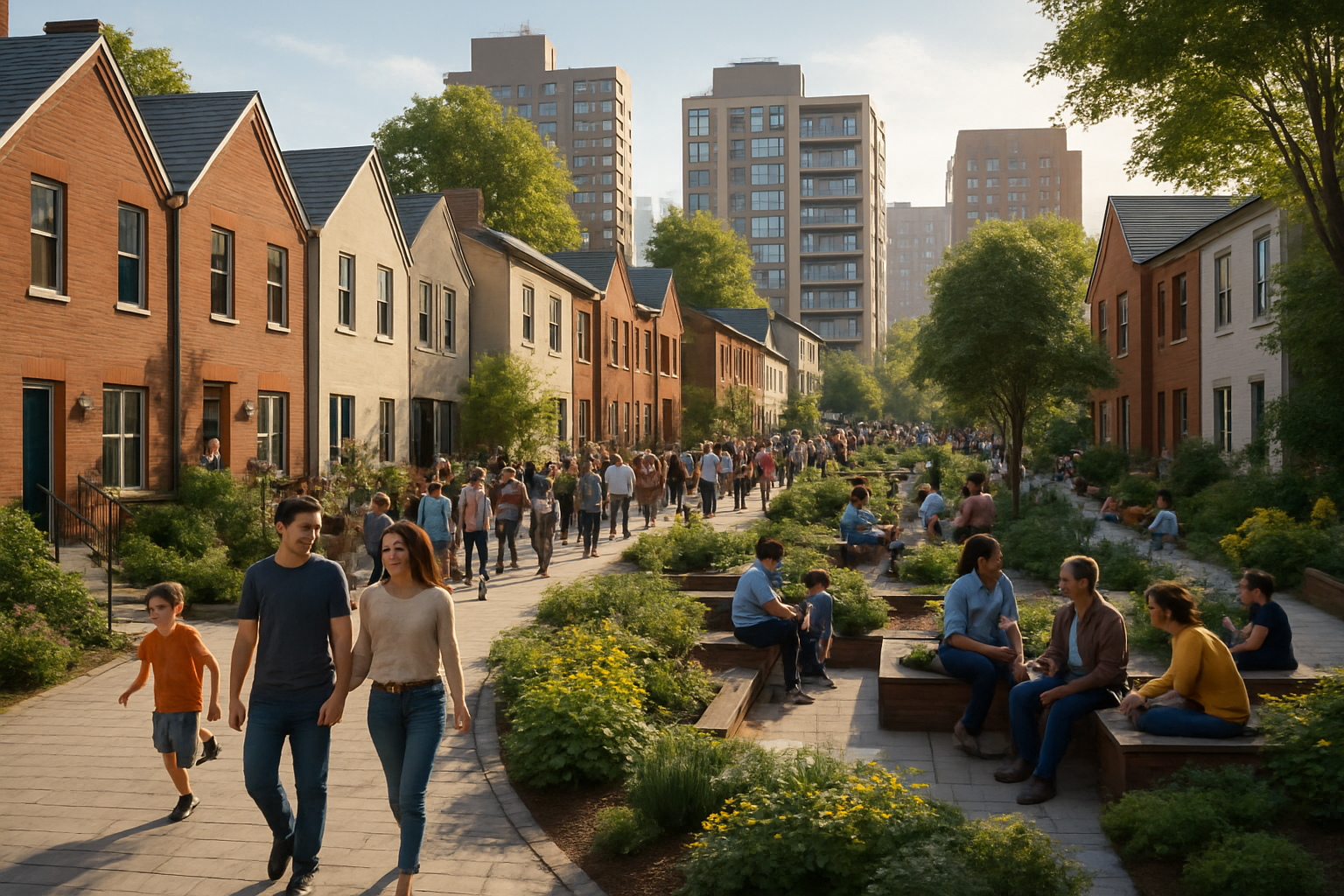Exploring How Art Transforms Urban Spaces and Fosters Community Interaction
In cities where gray concrete often dominates the view, creative minds are finding ways to highlight the beauty of urban life. One French artist is drawing attention not through billboards or galleries, but through colorful street transformations that blend imagination with public space. His work brings renewed character to the everyday and often encourages fresh perspectives on how individuals interact with their environments. While his art invites smiles and surprise, it also highlights the growing interest in how urban design, environmental awareness, and creative expression are beginning to intersect in new and practical ways.

How do public art installations revitalize urban areas?
Public art installations serve as catalysts for urban revitalization, injecting color, creativity, and cultural significance into city spaces. These artistic interventions can transform neglected areas into vibrant community hubs, attracting visitors and sparking conversations. Large-scale sculptures, interactive installations, and thought-provoking murals not only beautify the environment but also encourage people to pause, reflect, and engage with their surroundings in new ways. By introducing unexpected elements into the urban landscape, public art challenges perceptions and invites residents to see their city through fresh eyes.
What impact do urban beautification projects have on communities?
Urban beautification projects that incorporate art have a multifaceted impact on communities. These initiatives can boost local pride, increase foot traffic to previously overlooked areas, and even contribute to economic growth by attracting tourism and business investment. Moreover, beautification efforts often involve community participation, fostering a sense of ownership and connection among residents. When people actively contribute to the aesthetic improvement of their neighborhoods, it strengthens social bonds and creates a shared sense of accomplishment. Art-driven beautification projects can also address social issues, promote cultural diversity, and serve as a platform for community expression.
How does street art culture shape urban identity?
Street art culture has evolved from its underground roots to become a significant force in shaping urban identity. Graffiti, murals, and other forms of street art offer a raw, unfiltered view of a city’s pulse, reflecting its social, political, and cultural zeitgeist. This art form often gives voice to marginalized communities and addresses pressing urban issues in visually striking ways. As cities increasingly recognize the value of street art, many are embracing it as a tool for urban renewal and cultural expression. Street art festivals and sanctioned mural projects are becoming common, attracting both local and international artists to contribute to the city’s visual narrative.
How does community engagement through design enhance urban spaces?
Community engagement through design is a powerful approach to creating meaningful and sustainable urban spaces. By involving residents in the planning and execution of public art projects, cities can ensure that the resulting works resonate with local culture and values. This participatory process might include community workshops, public consultations, or collaborative design sessions. Such engagement not only leads to more relevant and appreciated artworks but also builds a sense of collective ownership and pride. When community members see their ideas and input reflected in public spaces, it strengthens their connection to the urban environment and fosters a greater sense of belonging.
What role do art schools play in urban transformation?
Art schools play a crucial role in urban transformation by nurturing the next generation of artists, designers, and creative thinkers who will shape our cities. These institutions serve as incubators for innovative ideas and provide students with the skills and knowledge to engage with urban spaces creatively. Many art schools collaborate with local governments and community organizations on public art projects, offering students real-world experience in transforming urban environments. Through these partnerships, art schools contribute to the cultural vibrancy of cities while preparing students for careers that bridge art, design, and urban planning.
How can cities leverage art for sustainable urban development?
Cities can leverage art as a powerful tool for sustainable urban development by integrating creative practices into long-term planning strategies. This approach goes beyond merely placing artworks in public spaces; it involves reimagining how art can contribute to solving urban challenges. For example, artistic interventions can be used to address environmental issues through eco-friendly installations or to improve public spaces’ functionality through creative urban furniture design. By incorporating artists and designers into urban planning teams, cities can develop innovative solutions that are both aesthetically pleasing and practical, contributing to more livable, sustainable urban environments.
In conclusion, the transformative power of art in urban spaces extends far beyond mere decoration. From public installations to community-driven projects, art has the ability to reshape cityscapes, foster community connections, and contribute to sustainable urban development. As cities continue to evolve, the integration of art into urban planning and community engagement will play an increasingly vital role in creating vibrant, inclusive, and culturally rich environments for all residents to enjoy.




